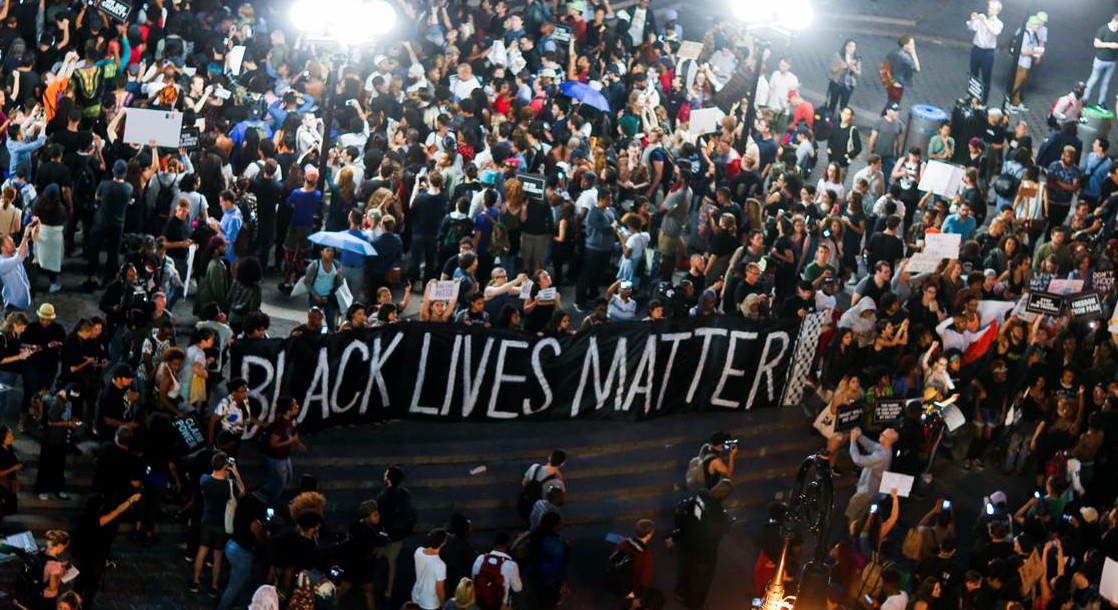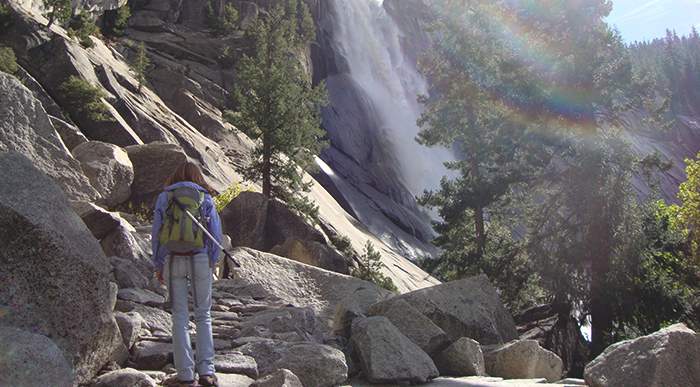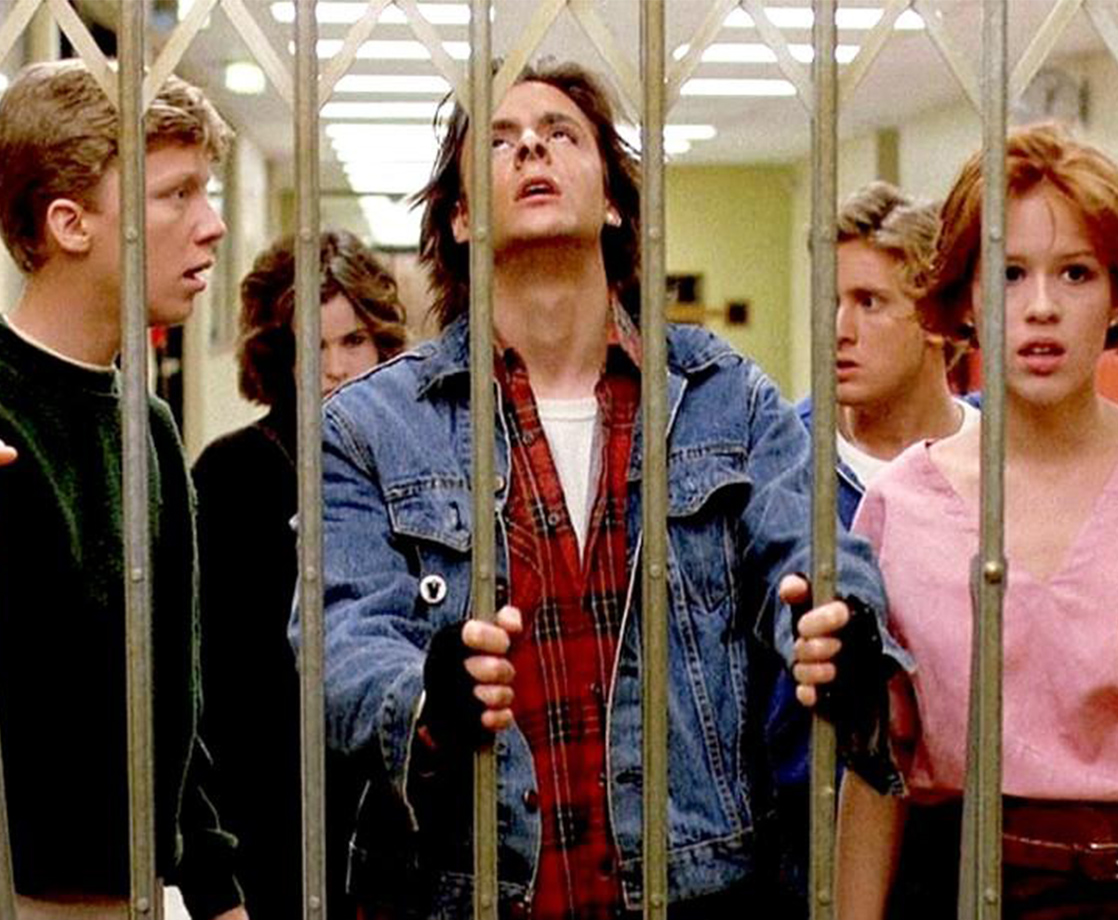A court ruling from February has made a number of private NYPD documents public, and these documents have revealed the extent to which NYPD officers infiltrated Black Lives Matter groups.
The documents, most of which are emails between undercover cops and their superiors, show that the cops posed as protesters within small groups of activists in order to gain inside information about protests and plans.
These emails also include pictures of group text messages sent by the organizers of the protests. “That text loop was definitely just for organizers, I don’t know how that got out,” Elsa Waithe, a BLM organizer, said. “Someone had to have told someone how to get on it, probably trusting someone they had seen a few times in good faith. We clearly compromised ourselves.”
The emails also revealed how the NYPD took steps to identify the leaders of the movement, which is standard NYPD practice when dealing with protests, according to John Jay College professor Joseph Giacalone. “If you take out the biggest mouth, everybody just withers away, so you concentrate on the ones you believe are your organizers,” he said. “Once you identify that person, you can run computer checks on them to see if they have a warrant out or any summons failures, then you can drag them in before they go out to speak or rile up the crowd, as long as you have reasonable cause to do so.”
The NYPD's intelligence-gathering rules, known as the Handschu Guidelines, allow the police to investigate first amendment activity “when facts or circumstances reasonably indicate that an unlawful act has been, is being, or will be committed.” Police are not allowed to retain information about these public events unless it is related to unlawful activity.
Attorneys are arguing that this surveillance does not meet those guidelines. “What was the unlawful activity that police had reason to suspect here?” asked Michael Price, counsel at the Brennan Center for Justice. “It doesn’t appear that there was any criminal behavior they were talking about in the emails. Most references are to protesters being peaceful, so I would be very concerned if they were hinging their whole investigation on civil disobedience, such as unpermitted protests or blocking of pedestrians.”
“The documents uniformly show no crime occurring, but NYPD had undercovers inside the protests for months on end as if they were al-Qaida,” said attorney David Thompson. “If they’re not talking about any crimes being committed, they’re going to have a difficult time defending this. It may end up in another one of these lawsuits,” said Giacalone. “Some may say this is good police work, fine, but good police work or not, we have rules against this kind of thing in New York.”











